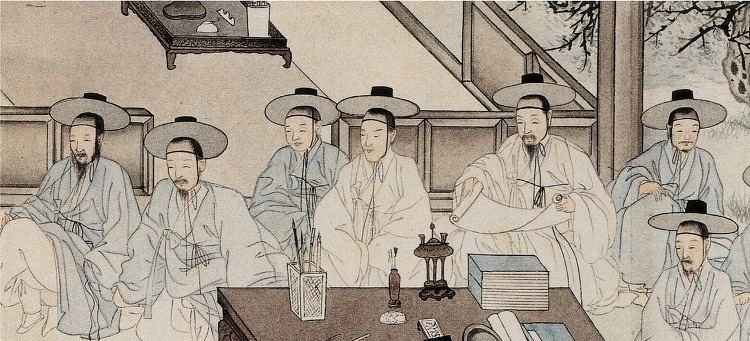 | ||
Koreans developed a unique and distinct fortress tradition. There are numerous types of Korean fortresses, including sanseong (mountain fortress), eupseong (city fortress), pyeongjiseong, gwanseong, jangseong, chaekseong, and more. Korean fortresses were based on a stone culture and built using stones, and often incorporated natural mountainous terrain, and therefore were conceptually completely different compared to Chinese fortresses, which were based on an earth culture and built using bricks from earth. Korean fortresses were invented by Goguryeo and spread to Baekje and Silla, and then inherited and further developed by Goryeo and then Joseon. Korea, especially Goguryeo, has often been called the "country of (mountain) fortresses"; almost 2,400 mountain fortress sites have been found in Korea.
Goguryeo fortress ruins have been found in about 170 sites to date, including in China; one of the most notable among them is Anshi Fortress, which successfully defended against Tang Taizong during the Goguryeo-Tang War. Goguryeo fortress ruins have also been found in present-day Mongolia.
Korean-style fortresses can be found in Japan, which were constructed and supervised by immigrants of Baekje origin.
Hwaseong Fortress and Namhansanseong are UNESCO World Heritage Sites.
